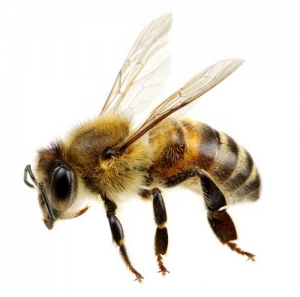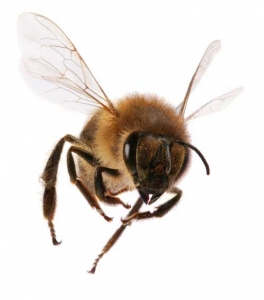IF THEY’RE BUZZING YOU, GIVE US A BUZZ!
Bee swarms can vary from mild to highly aggressive and potentially deadly.
The old adage for treating bee swarms remains true:
If you start to treat or move a bee colony and find that you need your bee suit, it’s too late.
CALL US TODAY
623-434-5020
Swarm video was taken by one of our expert bee removal technicians prior to removal.
While we value honeybees as one of the most important parts of the world’s ecosystem, there are times where bee swarms and hives can pose a public health risk and need to be removed and/or exterminated. We like it when beekeepers are able to relocate a hive, but that isn’t always possible, and in those instances, you should call the experts here at A-Agents. We’ve removed hives as large as 500lbs, hives from under shipping containers, hives in old-growth trees, hives in attics, and hives in sprinkler boxes.
If you think you have bees, call the experts here at A-Agents.
The first step to removing and/or exterminating a beehive is to find it’s location, which sometimes, can prove to be quite difficult depending on the size of the hive. After we’ve located the colony, our next goal is to find all the entrances and exits the beehive’s workers use, to make sure that once we start treating the hive, the bees don’t swarm out in an unexpected area like your living room.
When bees are nesting in wall voids, it is sometimes necessary to drill small holes into the wall, and using a small straw-like tip on an expanding aerosal pesticide, inject that aerosal into the wall void. If the hive is large enough, the wall itself may have to be taken down in order to properly remove all the bees and honeycomb material.

– DO NOT –
UNDER ANY CIRCUMSTANCES
attempt to treat a bee swarm, hive, or colony without the proper protective gear.
Failure to do so can result in serious injury and even death.
ABOUT KILLER BEES
Africanized Honey Bees (AHB) — also called Africanized bees or killer bees — are descendants of southern African bees imported in 1956 by Brazilian scientists attempting to breed a honey bee better adapted to the South American tropics.
When some of these bees escaped quarantine in 1957, they began breeding with local Brazilian honey bees, quickly multiplying and extended their range throughout South and Central America at a rate greater than 200 miles per year. In the past decade, AHB began invading North America.
Africanized bees acquired the name killer bees because they will viciously attack people and animals who unwittingly stray into their territory, often resulting in serious injury or death.
It is not necessary to disturb the hive itself to initiate an AHB attack. In fact, Africanized bees have been know to respond viciously to mundane occurrences, including noises or even vibrations from vehicles, equipment and pedestrians.
Though their venom is no more potent than native honey bees, Africanized bees attack in far greater numbers and pursue perceived enemies for greater distances. Once disturbed, colonies may remain agitated for 24 hours, attacking people and animals within a range of a quarter mile from the hive.


